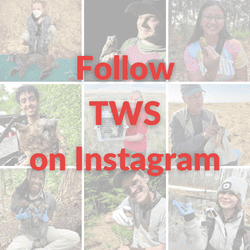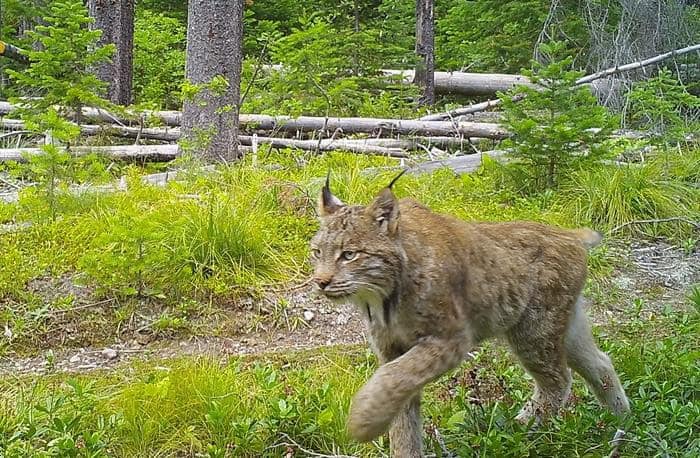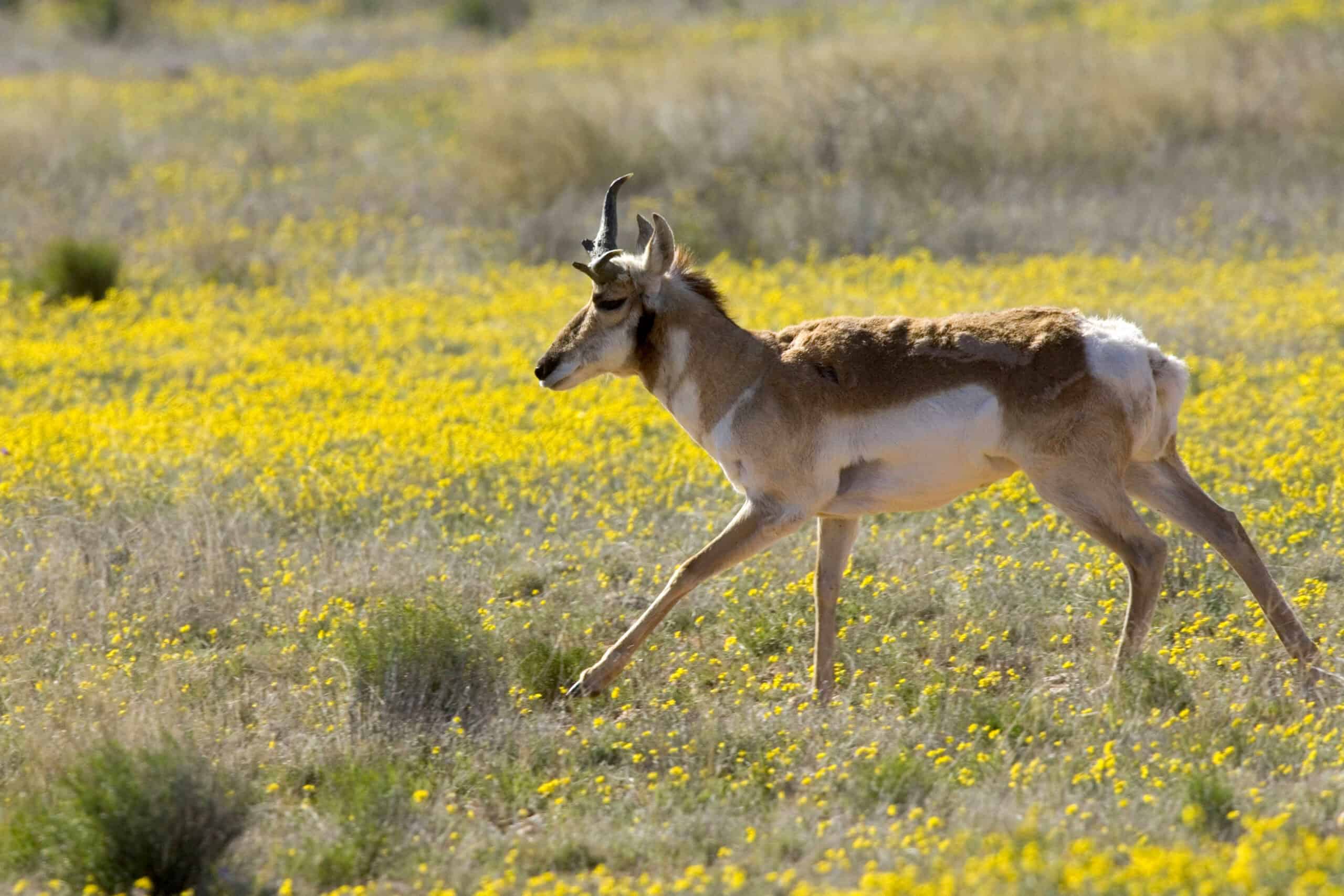Share this article
The Wildlife Society provides recommendations for grazing regulations
The Wildlife Society submitted comments to the Bureau of Land Management last week, highlighting a list of issues that the BLM should consider in its forthcoming Environmental Impact Statement that analyzes the potential effects of changes to policies governing livestock grazing on public lands.
The comments, which the Society prepared in close collaboration with expert members in its Rangeland Wildlife Working Group, also provided scientific resources for the agency to reference. That EIS will discuss and analyze the possible effects of changes to BLM’s grazing regulations, which govern 18,000 permits and leases for livestock grazing on 155 million acres of public lands across the western United States.
According to a press release from BLM, “the proposed revisions will update, modernize and streamline the grazing regulations and provide greater flexibility for land and resource management … The BLM hopes to improve its stewardship of the nation’s rangeland resources by strengthening controls to prevent unauthorized grazing, enhancing environmental protections across various non-grazing land-use programs, and improving public input opportunities.”
TWS’ letter recognizes the agency’s challenging multiple use mandate and emphasizes the need for the BLM to employ adaptive management in its approach to managing public lands — supported by sufficient staff and other resources. “The workload associated with assessing rangeland health, water quality, wildlife populations, habitat and other resource values remains a daunting task, especially with the increasing use of adaptive management strategies that are monitoring intensive. Adaptive management strategies are effective only when supported by ongoing and appropriate monitoring,” the letter reads.
The letter also recommends that the BLM ensure adequate consideration of threatened and endangered species, as well as special status species, as identified by the states in the State Wildlife Action Plans. It pointed out the need to specifically address sage-brush ecosystem and sage-grouse conservation and how those ongoing efforts could be effected by the proposed regulatory changes.
The comments also recommend that the BLM assess how the proposed grazing rule changes would “support BLM’s ability to make livestock grazing and range development decisions that enhance and protect known or suspected migration corridors and big game winter range,” as required by the Secretary of the Interior’s Secretarial Order 3362.
The BLM last attempted to update its grazing rules in 2006, but those revisions were blocked by the federal court. The agency is accepting comments on the notice until Mar. 6.
Read TWS’ position statement on Livestock Grazing on Rangelands in the Western United States and Incorporating Wildlife Needs in Land Management Plans
Header Image: The Bureau of Land Management plans to update its grazing rules. ©BLM Oregon and Washington








